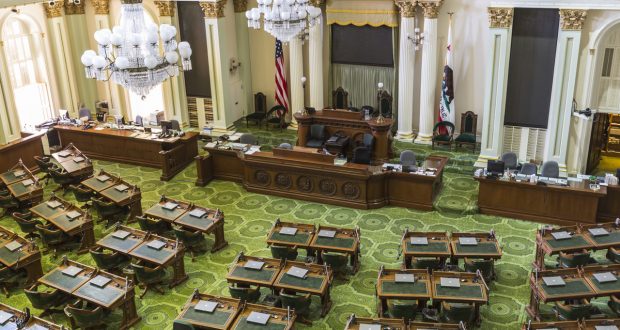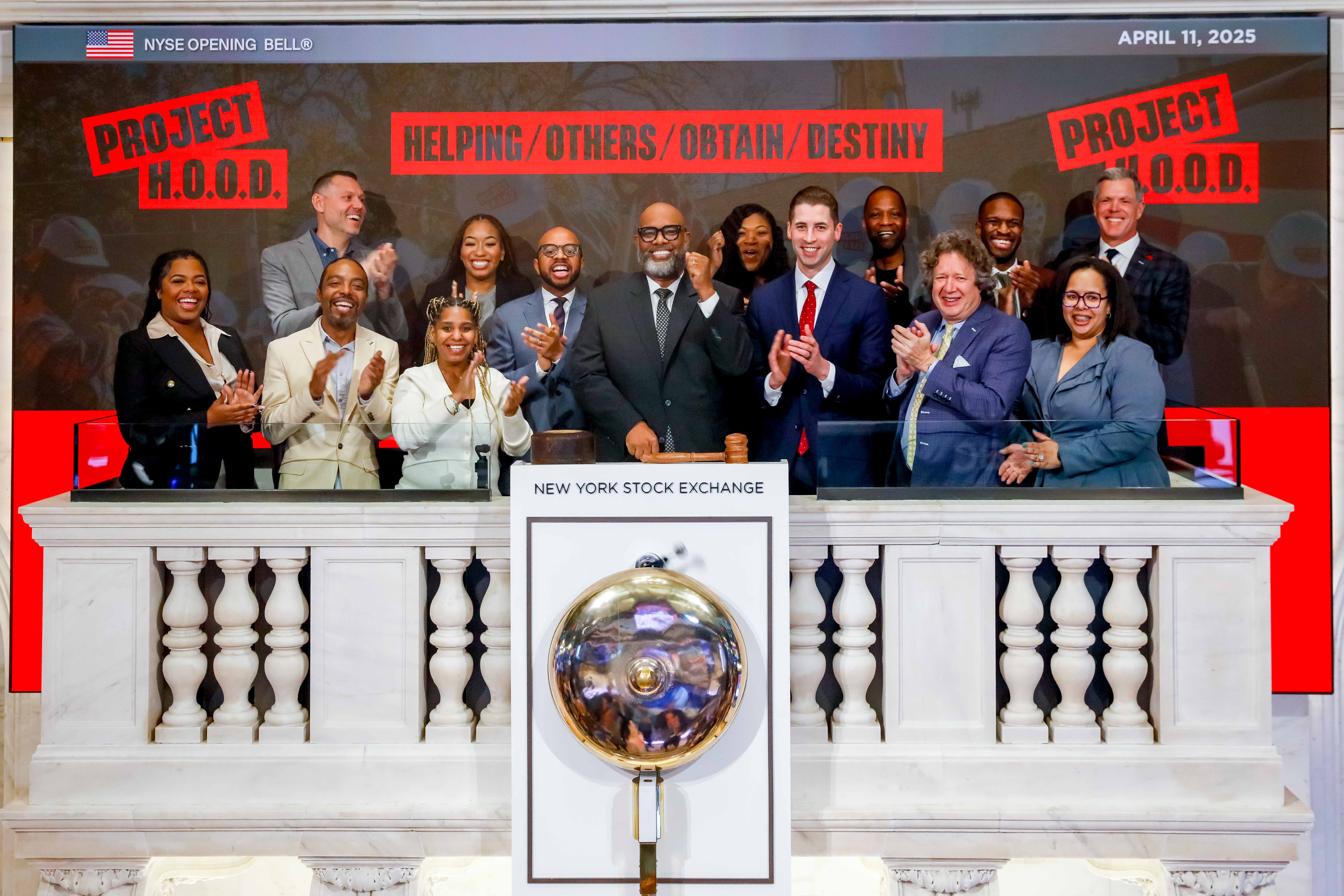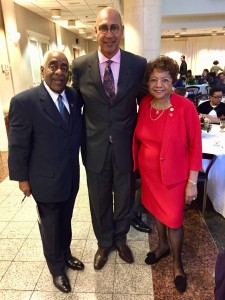By Brian Presley
Young women and teen girls have always had it tough and the recent Hollywood scandals illustrate the types of problems women have had to face not only in entertainment, but in many other industries as well. There is; however, a long-time activity that can help young women from becoming a victim and that’s babysitting.
Most people may dismiss babysitting as just a part-time job for a teen to make a few dollars but with the proper training and experience, a young woman can develop her confidence, a higher level of responsibility, leadership and life-skills that she will use for the rest of her life.
Being a babysitter is more than just putting the kids in front of the television and then to bed. A babysitter is responsible for the safety and well-being of another human being. It looks simple because in most cases, nothing goes wrong. The importance of having a properly trained babysitter is evident when something does go wrong.
There are hundreds of babysitting courses available across the country. They teach how to properly handle, feed and change babies, how to deal with toddlers and many other situations that can pop up. Many babysitting programs also offer emergency first-aid and CPR courses that could help save a kid’s life.
Just like anti-bullying programs, all the speeches, skits and cheers that kids are exposed to are useless unless that person develops their confidence and has a high level of self-esteem. In most cases, victims have the opposite. The majority of people who complete a babysitting course and learn first-aid and CPR do develop a sense of empowerment.
Knowing what to do in the event of an emergency is empowering. Knowing that you can help save someone’s life helps build confidence and although they may not realize it, learning first-aid and CPR also builds and develops their leadership abilities.
A young woman with these skills is less likely to be a victim.
For parents, having someone watch their kids so that they can leave their home is like having a mini vacation. For many others, a babysitter is needed so that they can go to work to earn money to pay their bills. As long as there are kids, there will always be a need for babysitters.
A few of the skills that being a babysitter can develop include:
Communication Skills:
It is extremely important that the babysitter is able to understand and communicate clearly with the adults as to what needs to be done when they are gone. She must be able to ask questions before the adults leave and must also be able to explain to the parents if they are not able or comfortable with something they’ve been asked to do.
It is also important for her to clearly explain any situations or events that have happened while they were gone. It could be something as simple as an appliance not working or even noticing the kid developing a rash. Parents need to know.
It is also just as important for the babysitter to communicate with the kids as well. Just barking orders won’t work but being confident in giving them directions will. Kids will ideally be more cooperative if they feel like they can talk to her.
Organizational Skills:
A reliable babysitter is organized, prepared and on time.
Prior to the job, the babysitter must have everything they need for the time they are there. That may include a change of clothes, a fully charged cell phone and a way to get there on time and a way to get home safely afterwards.
The parents may also have a number of tasks for the babysitter to do while they’re gone so it’s important to be able to do them properly especially when it involves something important such as giving medication. Being organized is important for a successful babysitter.
Responsibility
For some teens, this is the first time that they are really in charge of something important.
First and foremost, they are responsible for the safety of the kids. The tasks assigned to them by the adults are not always suggestions and must be completed to the best of their abilities.
The babysitter must also be responsible enough to tell the parents that they are not confident or even able to do something they are asked to do. It’s important for the babysitter to be honest with the parents and to themselves about her abilities.
The babysitter must also check on the kids regularly even after she puts them to bed and be there to help them if they get up in the middle of the night. It may be boring to be sitting in front of the television but a responsible babysitter knows that they are always “on duty” even when the kids are asleep.
Problem Solving
You hope that everything goes smoothly but as parents know, it’s not always the case. Unexpected things happen and a babysitter must be able to adapt and solve problems as they come up.
She must be able to understand the situation, come up with a solution, implement it and hope that the problem is resolved which may not always happen.
Being able to find solutions to problems now may help her to solve larger issues in the future as an adult.
Confidence
Confidence is a skill that is developed over time and as a babysitter, she must be responsible, be organized, solve problems and be able to communicate. Having these skills and using them will help her to build confidence in herself and increase her self-esteem which will help her throughout her life.
Not every decision she makes will work out and not every decision she makes may be the right one for her at that time but at least she was confident enough to make that decision. Deciding about what is good for her will come with time, maturity and experience.
Kids with confidence are less likely to be bullied and are more likely to succeed at what they do. Young women who have developed a high level of self-esteem are less likely to become a victim of predators as well.
There are many other skills that a babysitter can learn but the most important skills they can learn are the ones that will make them a better person as they get older so when you do hire a young woman to look after your kids, remember, you’re not just giving them a job to look after your kids, you’re also helping them to become better prepared for life.
Brian Presley is a stay-at-home dad, former youth worker and leadership councilor and is currently the president of What To Do With The Kids®, the website that adults go to when they want to know what to do with their kids. WTDWTK’s Sitter Advantage app is designed to help babysitters become better at their jobs while providing parents with the peace of mind of knowing that their kids are happy and safe when they’re not there. Visit www.whattodowiththekids.com for more information or on social media at #WTDWTK.
 Westside Story Newspaper – Online The News of The Empire – Sharing the Quest for Excellence
Westside Story Newspaper – Online The News of The Empire – Sharing the Quest for Excellence











